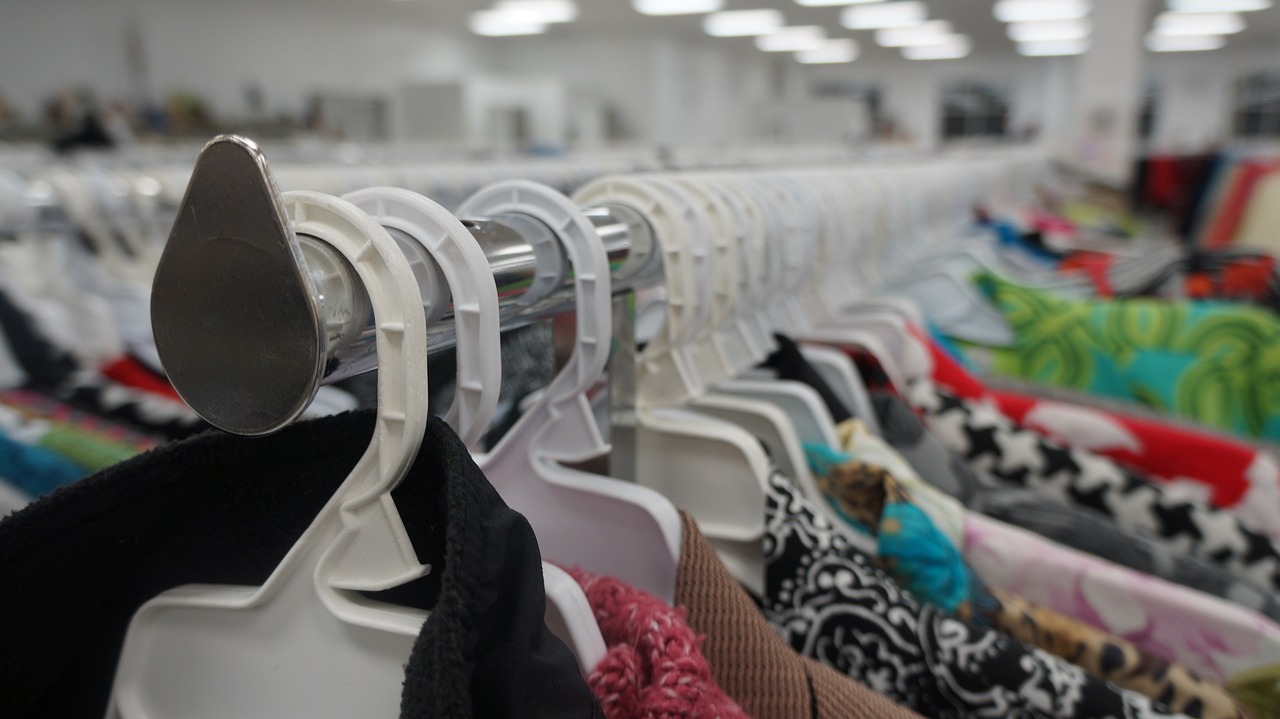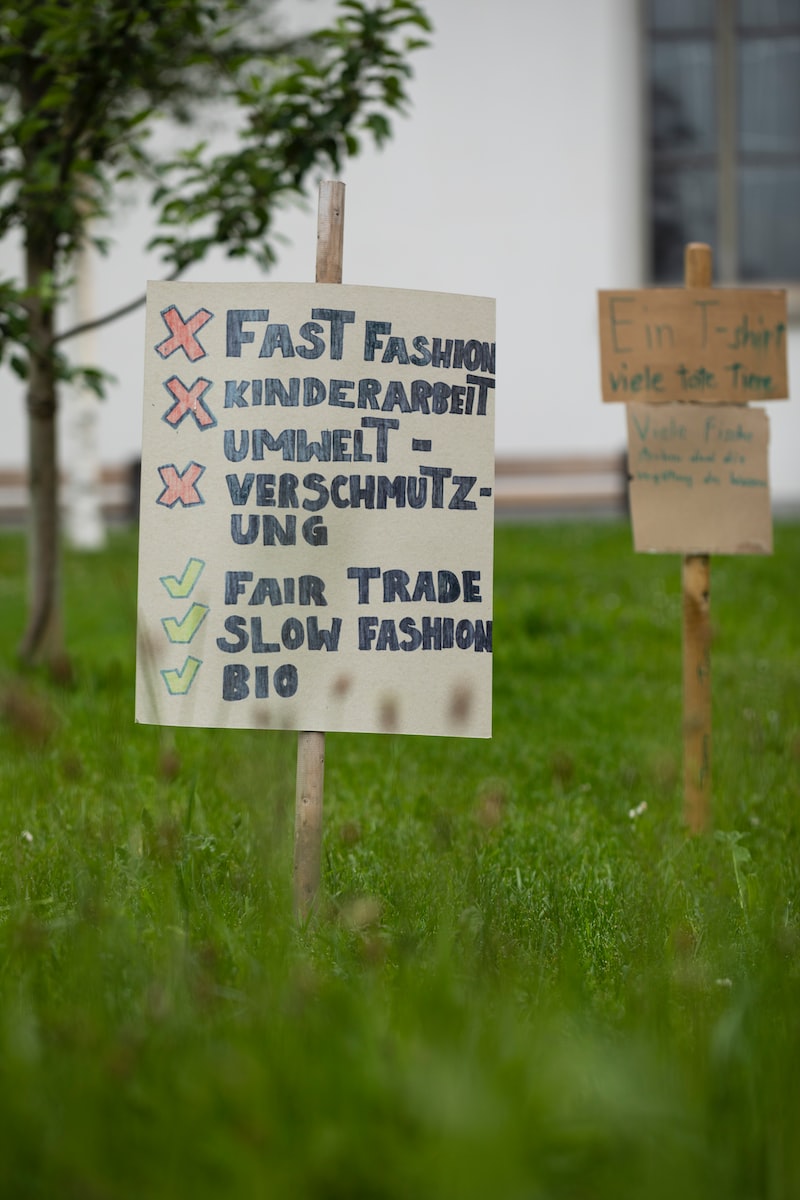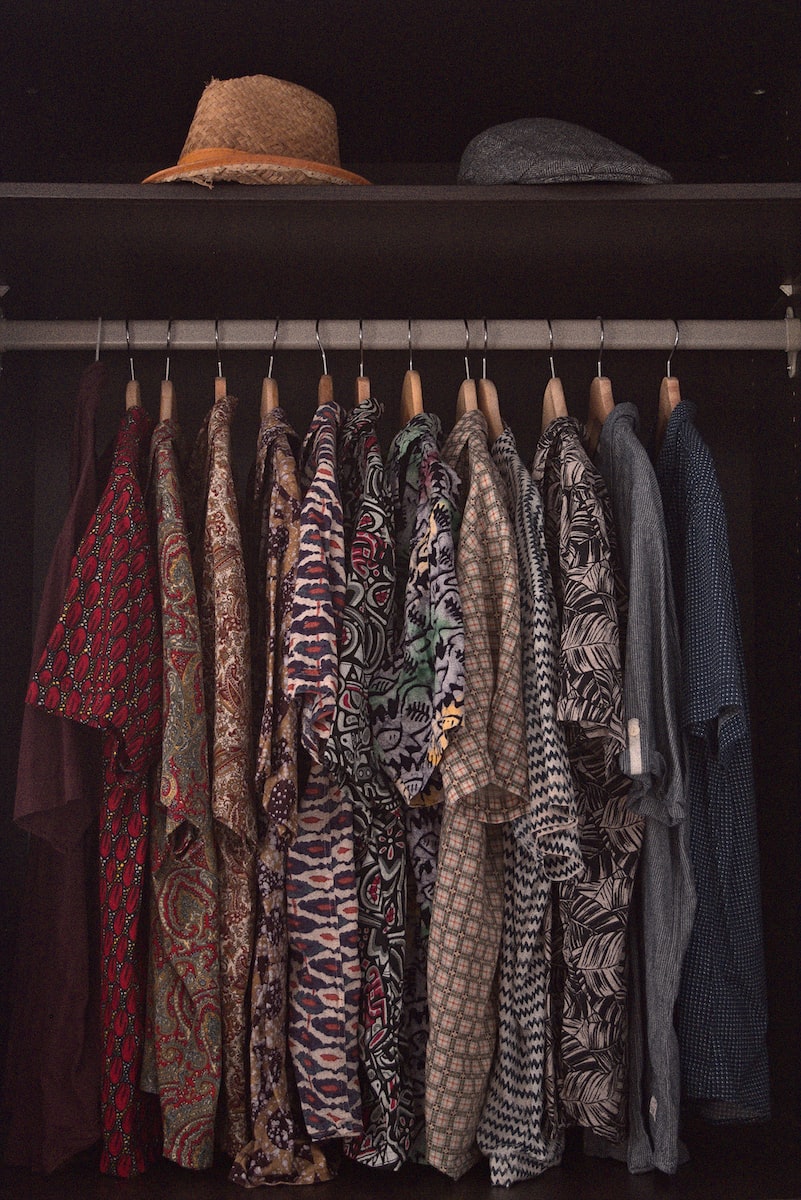Fast fashion refers to a business model that prioritizes creating stylish clothing rapidly and selling it at low rates so that customers can easily and affordably keep up with the newest fashion trends. Even though this strategy has commercialized fashion and increased access to clothing, it has caused controversy for being unsustainable.
By examining current fast fashion business methods, examining their impacts on the environment and society and considering viable alternatives, we aim to determine if fast fashion can ever be sustainable.
Fast Fashion: Can it be Sustainable? Understanding the Impact
The fast fashion business model focuses on producing appealing clothing lines rapidly and affordably and selling them for little money.
This strategy makes fashion more affordable for everyone by allowing customers to follow the newest fashion trends without breaking the bank. However, the rise of the fast fashion industry came with a giant cost as the production process and the countless returns are resulting in piles of waste, an increase in greenhouse gas emissions and water contamination. To put things into perspective, the fashion industry is responsible for a higher amount of carbon emissions than the total emissions of international flights and maritime shipping combined.
Furthermore, the low prices of fast fashion also hide the terrifying human costs associated with labor exploitation and inhumane working conditions in clothing manufacturers. Roughly 75 million factory workers globally are employed by the fast fashion industry, but it is estimated that less than 2% of them earn a wage that could provide them with a decent living. Despite all the negatives, the fast fashion business model is still ultra successful since the brands keep producing new collections quickly to satisfy consumer demand.
To address all of these issues, the fashion industry needs to prioritize sustainable clothing options that extend the lifespan of clothes and reduce waste.
By embracing sustainable production methods, such as using eco-friendly fabrics, investing in quality pieces, and promoting circular fashion practices, we can create a more environmentally conscious industry that prioritizes longevity over “throwaway culture”. Consumers also have a role to play in supporting sustainable fashion, such as buying second-hand clothing, donating or upcycling clothes they no longer wear, and making conscious choices that prioritize ethical and sustainable fashion practices. By working together, we can create a more sustainable and responsible fashion industry.

Examining the Fast Fashion Industry: Its Speed and Potential for Sustainability
The fast fashion industry operates on a relentless cycle of production and consumption, introducing new clothing collections at an alarming rate. Fast fashion brands constantly produce new clothing collections every season, and sometimes even every month, to keep up with the latest fashion trends. Raising the global demand for clothes by the day.
In today’s social media-driven world, these brands rely heavily on social media to advertise their latest collections and generate buzz around their new clothing lines. They use influencers to promote their products, often creating a sense of urgency and FOMO (fear of missing out) among consumers. The constant pressure to keep up with the fast pace of the industry and to be seen as “in-style” is leading to a “throw-away culture” which basically means throwing stuff away after using it only once. Even though this is seen across many different industries, the fast fashion industry with 92 million tons of waste generated annually is the most alarming one.
This consumption behavior is unsustainable and harmful to the environment as well as the people who actually make our clothes. We should all be aware of the consequences and take action to encourage more ethical and environmentally friendly fashion practices. Buying used, investing in long-lasting, high-quality clothes, and supporting businesses that emphasize ethical and environmental production practices are the easiest actions to take.
Second-hand Shopping: A Sustainable Alternative to Fast Fashion?
Thrifting, or purchasing used clothing, is a sustainable alternative to fast fashion that contributes to waste reduction and increases the lifespan of garments. By discovering one-of-a-kind, reasonably priced items that show off your unique style, thrift shopping gives you the chance to stay up with fashion trends without endangering the environment.
Not only does buying used reduce textile waste, but it also helps support local businesses, charities and social causes.
One might say: “But second-hand shopping is so exhausting, it’s like trying to find a needle in a haystack.” Not anymore it’s not. With more and more second-hand marketplaces and tech designed especially to make second-hand shopping easier, we can safely say that that problem is a matter of the past. With our second-hand shopping assistant, Faircado helps you find the best pre-loved deals while just casually browsing the net. How much easier should second-hand shopping get?
However, despite its numerous benefits, thrift shopping still carries a negative stigma, with some associating it with poverty or unfashionable clothing. To address this issue, there is a need to change the narrative around thrift shopping and promote it as a desirable and eco-friendly alternative to fast fashion. Consumers can take steps to normalize thrifting, such as sharing their thrift store finds on social media or organizing swap parties with friends.
By embracing thrifting and promoting it as a sustainable and stylish option, we can help reduce the environmental impact of the fashion industry and create a more circular and sustainable economy.

Better Quality Clothes: A Key to Making Fast Fashion Sustainable
Fast fashion is known for its cheap and low-quality clothing, which falls apart after a few wears. Companies should think about producing better quality clothing that lasts longer and can be passed down to others because the current cycle of quick buying and discarding is unsustainable. These garments will lower the amount of clothing thrown out, save consumers money over time, and support a more sustainable fashion business.
Conclusion
In conclusion, the fast fashion industry can be sustainable if we adopt sustainable practices and prioritization quality and longevity over throwaway culture. The high level of production, cheap prices, and wastefulness associated with the fast fashion industry are significant concerns that need to be addressed as soon as possible.
To make fast fashion sustainable, companies must adopt practices that prioritize quality and longevity, and reduce textile waste. Consumers can also play a role in promoting sustainability by opting for second-hand shopping whenever possible which extends the lifespan of clothes and reduces waste.
Therefore, based on everything that has been said and explained in this article, fast fashion can be sustainable, but only if industry players and consumers decide to prioritize sustainable practices. A shift towards a more sustainable approach will not only benefit the environment but also promote a healthier and more ethical fashion industry.
For more tips and tricks on how to live a more sustainable life, check out our magazine.











